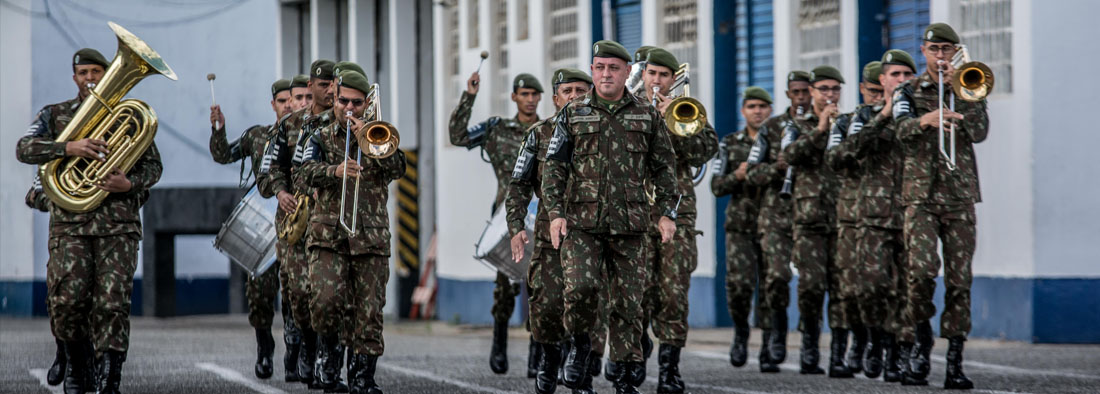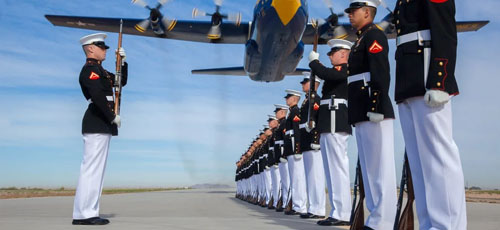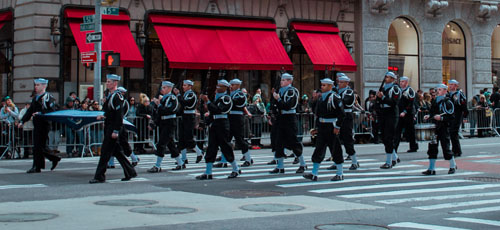
The biggest category and backbone of marching music in the UK stands as Military bands that serve for protocol and ceremonial duties as part of the British Armed Forces. With the varied categories of marching bands being active and still taking part in the traditions, we look at the exact traditions and how they are used in the military.
This is an overview of the most relevant and interesting aspects of marching bands throughout history and how marching bands have changed traditions within the British military and the uniforms of the Queen’s guards.
Army
Army bands typically have first priority in the changing of the Queen’s Guard at Buckingham Palace. The army marching bands are dressed in full-service uniforms with the colours of their respective formations. The tradition has been actively used since 1665 with the State Dress.
Air Force

Air Force marching bands (RAF) were the first music services teams to accept women as members in 1991 and changed the rules so that men and women wear the same uniforms. The central band of the Royal Air Force was formed in 1920 and still plays an integral role in Britain’s military and was the first military band to be broadcasted on the BBC.
Navy

The Royal Marine Bands has a Corps of Drums that are composed of cymbals, tenor drums, bass, and snare drums. The navy traditions of marching bands can be traced back as far as 1902, when Lt. George Mille began adopting the practice in time for the Coronation Reviews the same year in Aldershot. The tradition was later also adopted by the bands of several Commonwealth armed forces.
The traditional elements mentioned in this post are large contributors to the popularity of marching band music and why it is still carried through the same way that it has been throughout history. With the most prestigious choirs and marching bands both having a large presence in Britain with tradition and culture intact, it’s important to keep it alive and well.